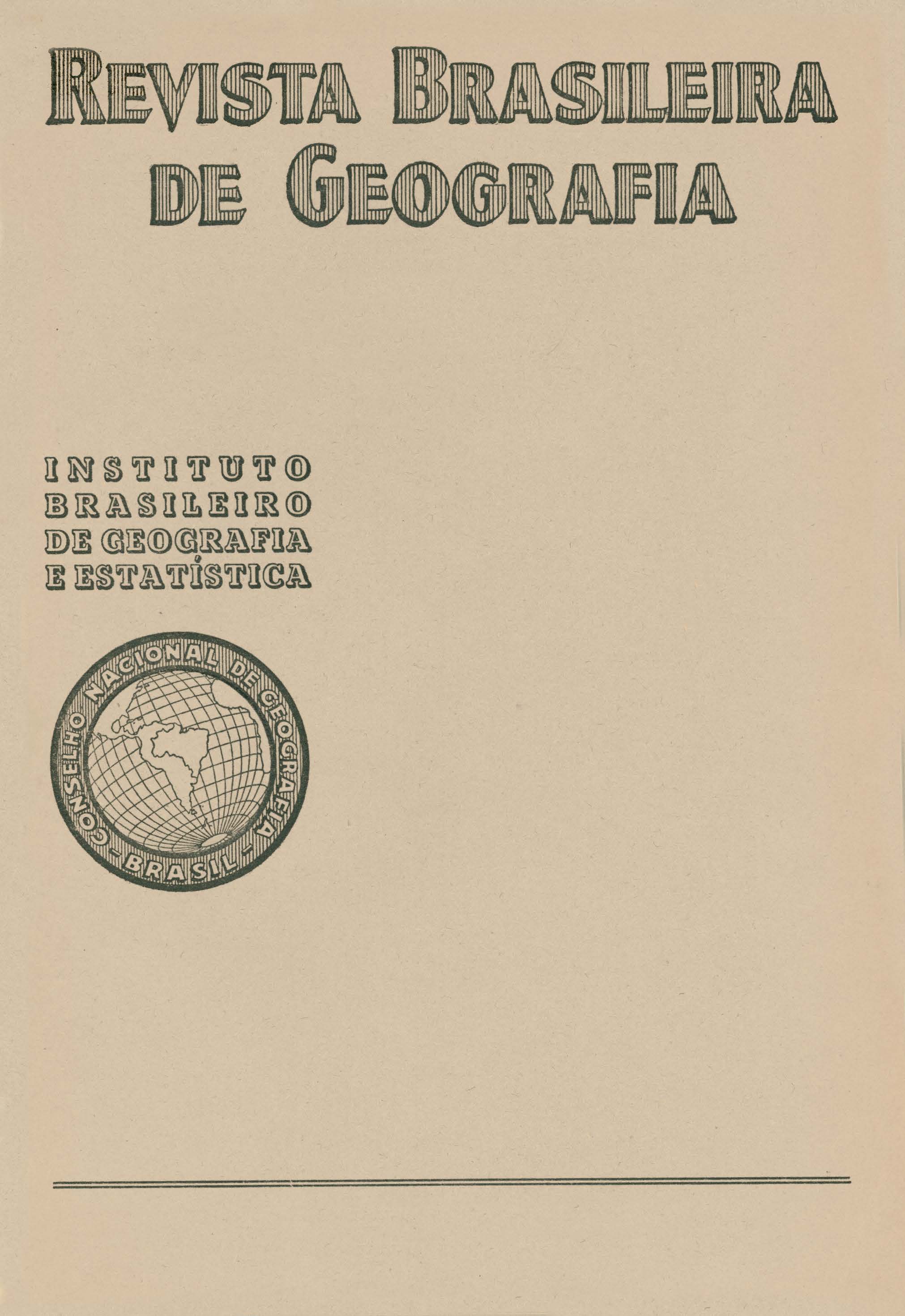Caxambu
Resumo
The sojourn of the technical assistant to the National Geographic Counell at Caxambú
gave him the chance to study the conditions of the evolution of that pleasant place, '' hich
owes its flattering fame to its mineral water springs.
The name caxambú is taken from the hill of that name (of the same archaeozoic formation as the Mantiqueira Range), a conspicuous feature in the neighbourhood, which has been so called since the first incursions of the Paulista Pioneers into the valley of the Rio Verde, on their way to the gold mines, early in the 18th Century.
The peasants established themselves on the banks of this river and its tributary streams
with the purpose of supplying foodstuffs to the travellers.
In a short time these settlers crowded round Baependi, which was made a district parish in 1752, encompassing Caxambú hill and some outlying areas, and including the boggy
valley of the Bengo, where later the precious springs were to be discovered. The date of this
event cannot be accurately stated.
Some there be who place it back in the first or second decade of the 19th Century, but
it has been found that it was only in 1841 that the healing waters were used by the lepers
encamped there, who·were later driven out by legal measures.
A few years later Oliveira Mafra, helped by some of the inhabitants of Baependi, staked the most accessible springs and carried out some protection work enabling them to be uti1ized.
Improvements on a larger scale, however, resulted from the visit of the Princess Isabel and her consort, Gaston d'Orleans, Count d'Eu, somewhere about 1868. Among these was the ordering of a quantitative analysts of the waters, after which they were rented to a concern, which started their exploitation.Their annexation in 1904, permitted the establishment of the local Municipality, late in December of that year.
Since then Caxambú has been increasing its public uti1ity services such as water supply, light and drainage, so as to juatify its rank as a town, incorporated in 1915.
At the same time the concern which exploits the Park of the Springs, namely the D. Leopaldina, D. Pedro, D. Isabel, Conde d'Eu, Duque de Saxe, Viotti, Mayrtnck, and other mineral waters about to be operated, improved it by drainage and tree planting which has rendered the previously swampy valley -of the Bengo a healthy and embellished spot with ornamental plants and beautiful gardens along the banks of the valley.
Caxambú has greatly benefited from the joint action of the governments of the State and Municipality and of the renting concern, and ts now a progreesive town boasting of well-paved main streets, modern buildings, specially hotels, served by rai1road and highways, which connect it to the adjoining municipalities and to the three principal capital cities nearest to it, Rio, São Paulo and Belo Horizonte.
Its main merit, however, is derived from its waters, about which a specialist wrote the following: - "They possess great eupeptic value, are more diuretic than the best European waters and the sensation of apetite produced is a consequence of the excellent digestion caused by these waters".
The D. Pedro Spring, which acts as the most efficient among similar mineral waters causes Diuresis in an astonishing manner.
It is the "National Evan".
In this way the development of Caxambú continues as a famed spa, sought after by an ever -increasing number of clients.






